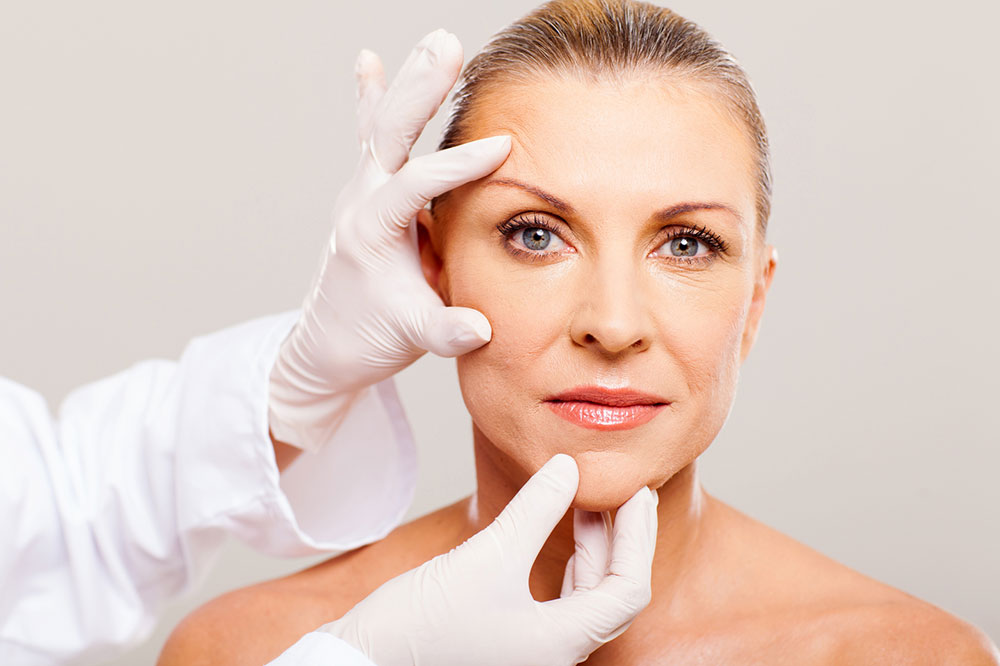Comprehensive Guide to the Aging Process: Types, Signs, Symptoms, and Contributing Factors
This comprehensive article explores the multifaceted nature of aging, covering its types, early signs, common symptoms, and the factors that influence its progression. Understanding these aspects helps individuals adopt healthier lifestyles, prevent premature aging, and improve overall well-being throughout their lifespan.

The Aging Journey: Exploring Types, Indicators, and Influencing Factors
Aging is an inevitable, natural progression experienced by all living organisms. As we grow older, our bodies undergo various biological and physiological changes that influence our appearance, health, and overall well-being. Understanding the aging process, its different types, common signs, and the factors that contribute to aging can help individuals adopt effective strategies to promote healthier aging and improve quality of life.
In this comprehensive guide, we delve into the scientific basis of aging, identify early warning signs, discuss typical symptoms, and analyze the risk factors that accelerate aging. This knowledge enables us to make informed choices about lifestyle, healthcare, and preventive measures to mitigate age-related issues.
Categories of Aging: Distinct Types and Underlying Mechanisms
Understanding the different types of aging is crucial for recognizing the diverse changes our bodies go through as time progresses. Aging isn't a uniform process; instead, it encompasses various biological mechanisms that manifest in unique ways. Broadly, aging can be categorized into two primary types: cellular deterioration and hormonal shifts.
Cellular Deterioration: At the cellular level, aging is driven by the loss of cellular integrity and function. Cells have a limited capacity for division, typically around 50 cycles, known as the Hayflick limit. As cells divide repeatedly, their telomeres—the protective caps at the ends of chromosomes—shorten progressively. Once telomeres reach a critically short length, cells become senescent or undergo apoptosis, leading to tissue deterioration over time. This process contributes significantly to the aging of the skin, muscles, organs, and the immune system.
Hormonal Changes: Fluctuations in hormone levels play a pivotal role in aging, influencing physical appearance, metabolic functions, and emotional health. Hormonal shifts are most prominent during puberty, menopause, and andropause, but they continue gradually throughout life. These changes affect skin elasticity, muscle mass, fat distribution, bone density, and energy levels. The alteration of hormones like estrogen, testosterone, and growth hormone directly impacts the aging process in both men and women.
The influence of hormonal changes throughout life affects multiple aspects of our health, including skin, body functions, and vitality. During adolescence, hormonal surges often cause skin issues like acne, while in later years, declining hormones lead to dryness, wrinkles, and loss of muscle tone. Recognizing these changes aids in managing the aging process effectively.
Early Signs of Aging: Recognizing Subtle Changes
Identifying early indicators of aging is essential for implementing preventive measures and adapting lifestyles. Some signs appear subtly but can provide valuable insight into ongoing biological changes. The most common early signs include pigmentation changes, skin thinning, and surface pigmentation, which often develop due to environmental exposure and internal aging processes.
Sunspots: These are pigmented dark patches that appear on the skin’s surface as a result of chronic sun exposure. They are most visible on areas such as the face, hands, and arms, usually becoming prominent after the age of 40. Sunspots serve as a visual reminder of UV damage, emphasizing the importance of sun protection.
Thin Hands and Skin Thinning: The skin loses its elasticity and becomes thinner with age, especially noticeable on the hands and arms. This results in a fragile, wrinkled appearance that surfaces in late 30s or early 40s, reflecting collagen loss and reduced skin regeneration capacity.
Chest Pigmentation: Sun damage and hormonal influences can cause patches of pigmentation on the chest area, often seen as uneven skin tone or dark spots. These changes highlight the cumulative impact of UV exposure over the years.
Common Symptoms Associated with Aging
Aging manifests through various physical and physiological symptoms, many of which gradually impact daily life. Understanding these symptoms allows individuals to adapt, seek medical advice, and adopt healthier routines to mitigate impact.
Increased susceptibility to infections due to immune system decline
Higher vulnerability to temperature extremes, leading to risks like hypothermia or heat stroke
Slight reduction in height caused by bone density loss and spinal disc degeneration
Bone fractures and cracking, often resulting from osteoporosis
Progressive joint stiffness that may develop into arthritis
Postural changes such as humpback or stooping, affecting mobility and balance
Reduced energy levels, causing fatigue and decreased physical activity
Constipation and digestive issues due to slowed metabolism
Decline in vision, including difficulties with near and distance vision
Peripheral vision loss, increasing the risk of accidents
Hearing impairment, particularly in high-frequency ranges
Skin sagging, wrinkling, and loss of firmness
Significant weight fluctuations, often related to muscle mass decline and metabolic changes
Involuntary urination or incontinence in advanced age
Memory challenges, including forgetfulness and slower cognitive processing
Factors Influencing the Aging Process: What Accelerates or Mitigates Aging?
Several internal and external factors can either hasten or slow down the aging process. Modern lifestyle choices, genetic predispositions, and environmental exposures play significant roles in determining the rate at which aging occurs. An awareness of these factors can help individuals make proactive decisions to promote healthier aging.
Smoking: Tobacco consumption introduces toxins and free radicals into the body, promoting oxidative stress. This accelerates cellular damage and skin aging, leading to early wrinkle formation, dryness, and loss of elasticity. Smoking also impairs circulation, reducing nutrient delivery to skin tissues.
Genetics: Genetic factors influence the aging timeline. Conditions like progeria demonstrate accelerated aging due to genetic mutations, involving early hair loss, premature skin wrinkles, and other age-related symptoms. Family history can predispose individuals to certain age-related diseases.
Sleep Quality: Adequate, restful sleep is vital for cellular repair, hormonal balance, and cognitive function. Poor sleep quality increases stress and accelerates aging signs, including skin dullness, memory problems, and weakened immune response. Prioritizing good sleep hygiene can significantly improve aging outcomes.
In conclusion, aging is a complex, multifaceted process influenced by biological, environmental, and lifestyle factors. By understanding its various aspects—from signs and symptoms to contributing factors—individuals can adopt strategies to promote healthier, more vibrant aging. Regular health check-ups, a balanced diet, physical activity, and sun protection are integral components of managing the aging journey effectively.





